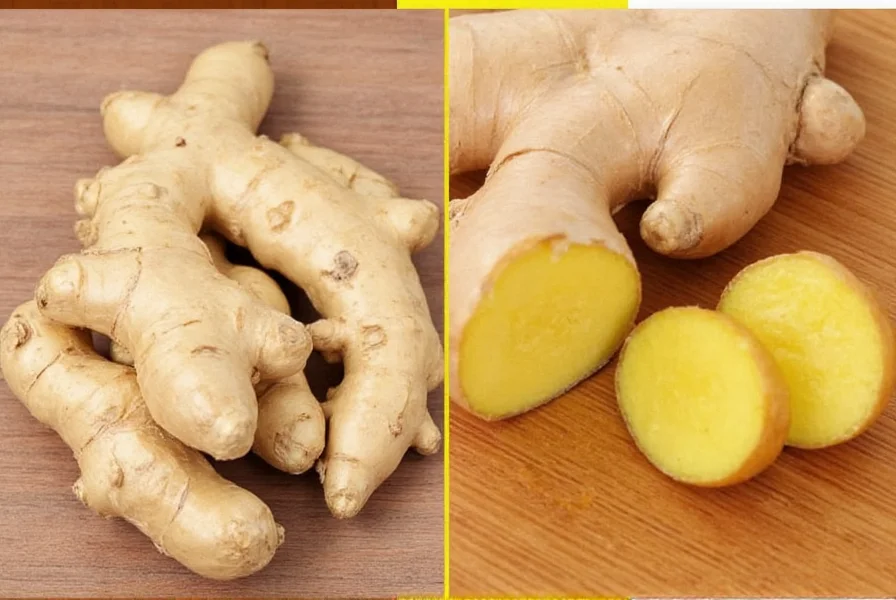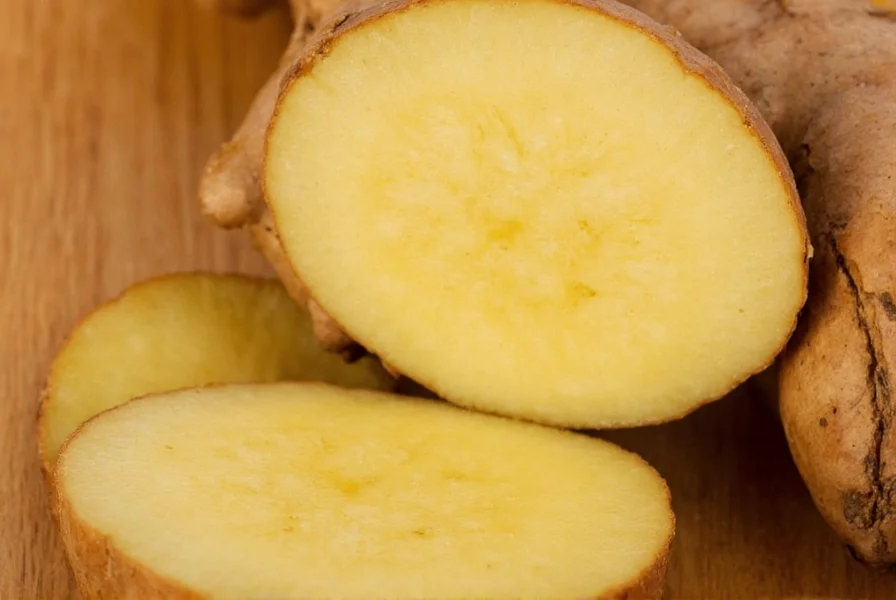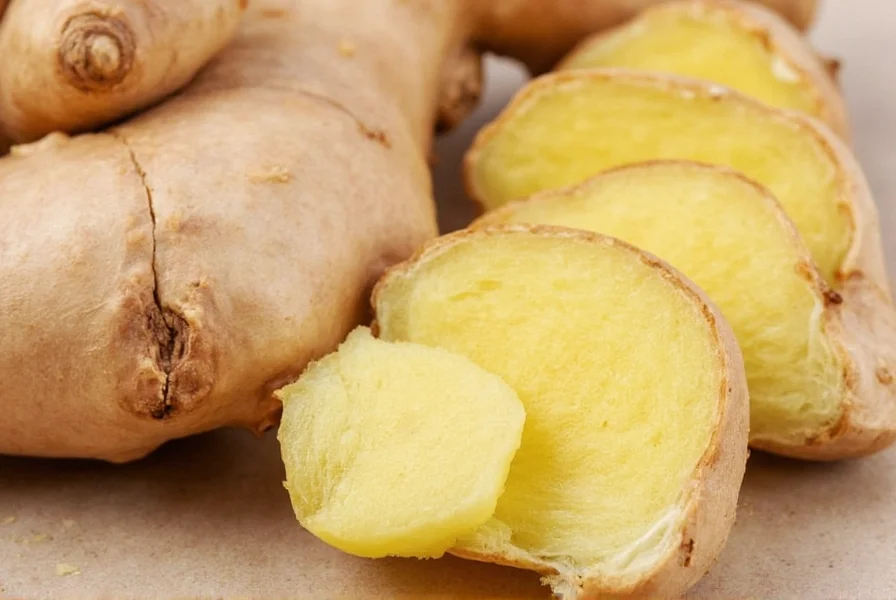Ginger root isn't just a spice—it's a versatile kitchen powerhouse with applications spanning culinary, beverage, and traditional wellness preparations. Understanding how to properly handle and incorporate fresh ginger can transform your cooking and daily routines. This guide provides practical, tested methods for using ginger root that deliver maximum flavor and benefits.
Preparing Ginger Root for Use
Before using ginger, proper preparation ensures optimal flavor and texture. The outer skin of ginger root contains the highest concentration of fiber but can be tough and fibrous when cooked.

Peeling Techniques
Unlike many root vegetables, ginger doesn't require thorough peeling. The skin is thin enough that it can be removed selectively:
- Spoon method: Use the edge of a spoon to gently scrape off the papery skin—this preserves more of the flavorful flesh
- Peeler method: For larger quantities, a vegetable peeler works efficiently but removes more edible material
- No-peel approach: For young, tender ginger with thin skin, simply scrub thoroughly and use with skin intact
| Preparation Method | Best For | Shelf Life |
|---|---|---|
| Whole, unpeeled | Long-term storage | 3-4 weeks refrigerated |
| Peeled, in airtight container | Immediate use | 1-2 weeks refrigerated |
| Grated, frozen in oil | Convenient cooking | 6 months frozen |
| Thin slices in vinegar | Garnishes, sushi | 1 month refrigerated |
Culinary Applications of Ginger Root
Fresh ginger adds a bright, spicy-sweet dimension to dishes that dried ginger powder cannot replicate. The key to successful incorporation lies in understanding when and how much to add during cooking.
Cooking with Fresh Ginger
For savory dishes, ginger works best when added early in the cooking process to mellow its sharpness while preserving flavor:
- Stir-fries: Mince or julienne ginger and add to hot oil before other ingredients—this infuses the oil with flavor
- Curries and stews: Slice ginger thinly or crush with garlic for deeper flavor infusion
- Marinades: Grate ginger directly into marinades for meats or vegetables (1 tablespoon per pound of protein)
- Sauces: Simmer ginger slices in liquid bases, then remove before serving for subtle flavor
Using Ginger in Beverages
Fresh ginger creates vibrant, healthful beverages with minimal effort:
- Ginger tea: Slice 1-2 inches of ginger, simmer in 2 cups water for 10-15 minutes, strain, and add lemon or honey
- Smoothies: Add 1/2 inch peeled ginger to fruit-based smoothies for zesty complexity
- Infused water: Thinly slice ginger and add to water with citrus for refreshing hydration
- Cocktails: Muddle fresh ginger with sweeteners to create ginger-infused simple syrups
Optimal Ginger Measurements and Substitutions
Understanding ginger measurements prevents overpowering dishes. The flavor intensity varies based on preparation method:
| Preparation | Equivalent to 1 tsp grated | Best Applications |
|---|---|---|
| Fresh grated | 1 tsp | Most cooking applications |
| Fresh minced | 1.5 tsp | Marinades, dressings |
| Ground ginger | 1/4 tsp | Baking, spice blends |
| Ginger juice | 3/4 tsp | Cocktails, dressings |
When substituting fresh for dried ginger, remember that fresh provides brighter, more complex flavor while dried offers deeper warmth. For baking, use 1/4 teaspoon ground ginger for every tablespoon of fresh to avoid overpowering sweetness.
Storage Methods for Maximum Freshness
Proper storage extends ginger's shelf life significantly. Whole, unpeeled ginger lasts longer than prepared portions:
- Refrigeration: Store unpeeled ginger in an airtight container or wrapped in paper towels inside a plastic bag—lasts 3-4 weeks
- Freezing: Freeze whole or peeled ginger—thaw as needed or grate directly from frozen
- Vacuum sealing: Extends refrigerated life to 6-8 weeks by preventing moisture loss
- Ginger paste: Blend with small amount of oil or water, freeze in ice cube trays for convenient cooking portions

Safety Considerations and Usage Guidelines
While ginger is generally safe for culinary use, certain considerations apply:
- For most adults, up to 4 grams of ginger daily (about 1.5 tablespoons grated) is considered safe for culinary purposes
- Pregnant women should consult healthcare providers about ginger consumption, particularly in medicinal amounts
- People taking blood thinners should monitor ginger intake as it may interact with medication
- Fresh ginger contains more active compounds than dried, so adjust quantities accordingly when substituting
Common Questions About Using Ginger Root
How much fresh ginger equals ground ginger in recipes?
One tablespoon of freshly grated ginger equals approximately 1/4 teaspoon of ground ginger. When substituting in baking, use this 4:1 ratio to prevent overpowering flavors. For savory dishes, you can sometimes use a slightly higher ratio of 3:1 since fresh ginger's flavor mellow during cooking.
Can you eat ginger root skin?
Yes, the skin of young, fresh ginger is thin enough to eat after thorough washing. However, older ginger develops thicker, tougher skin that's best removed. The spoon peeling method preserves more edible flesh while removing only the papery outer layer. For most culinary applications, removing the skin provides better texture in the final dish.
What's the best way to grate ginger for cooking?
Freeze ginger for 15-20 minutes before grating to firm it up. Use a microplane grater for fine, even shreds that incorporate easily into dishes. For juicier applications like marinades or dressings, press grated ginger through a fine mesh strainer to extract maximum flavor. Always grate ginger directly over your cooking vessel to capture all the flavorful juices.
How do you make ginger tea with fresh root?
Peel and slice 1-2 inches of fresh ginger into thin coins. Simmer in 2 cups of water for 10-15 minutes (longer for stronger tea). Strain and add lemon juice or honey to taste. For enhanced benefits, add the ginger to cold water and bring to a simmer rather than adding to boiling water, which preserves more volatile compounds. Fresh ginger tea typically uses 1/4 to 1/2 inch of ginger per cup of water for a mild brew.
How long does fresh ginger last in the refrigerator?
Whole, unpeeled ginger stored in an airtight container or wrapped in paper towels inside a plastic bag lasts 3-4 weeks in the refrigerator. Peeled ginger reduces shelf life to 1-2 weeks. For maximum freshness, store ginger away from strong-smelling foods as it can absorb odors. Check periodically for soft spots or mold, which indicate it's time to discard.











 浙公网安备
33010002000092号
浙公网安备
33010002000092号 浙B2-20120091-4
浙B2-20120091-4